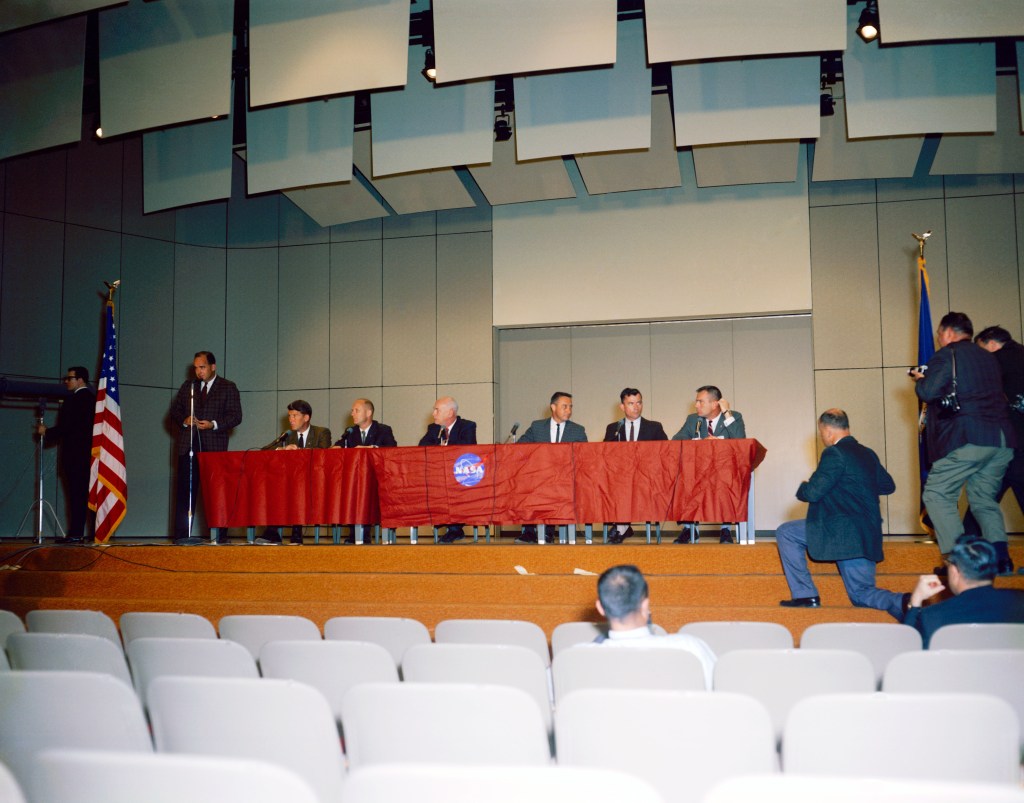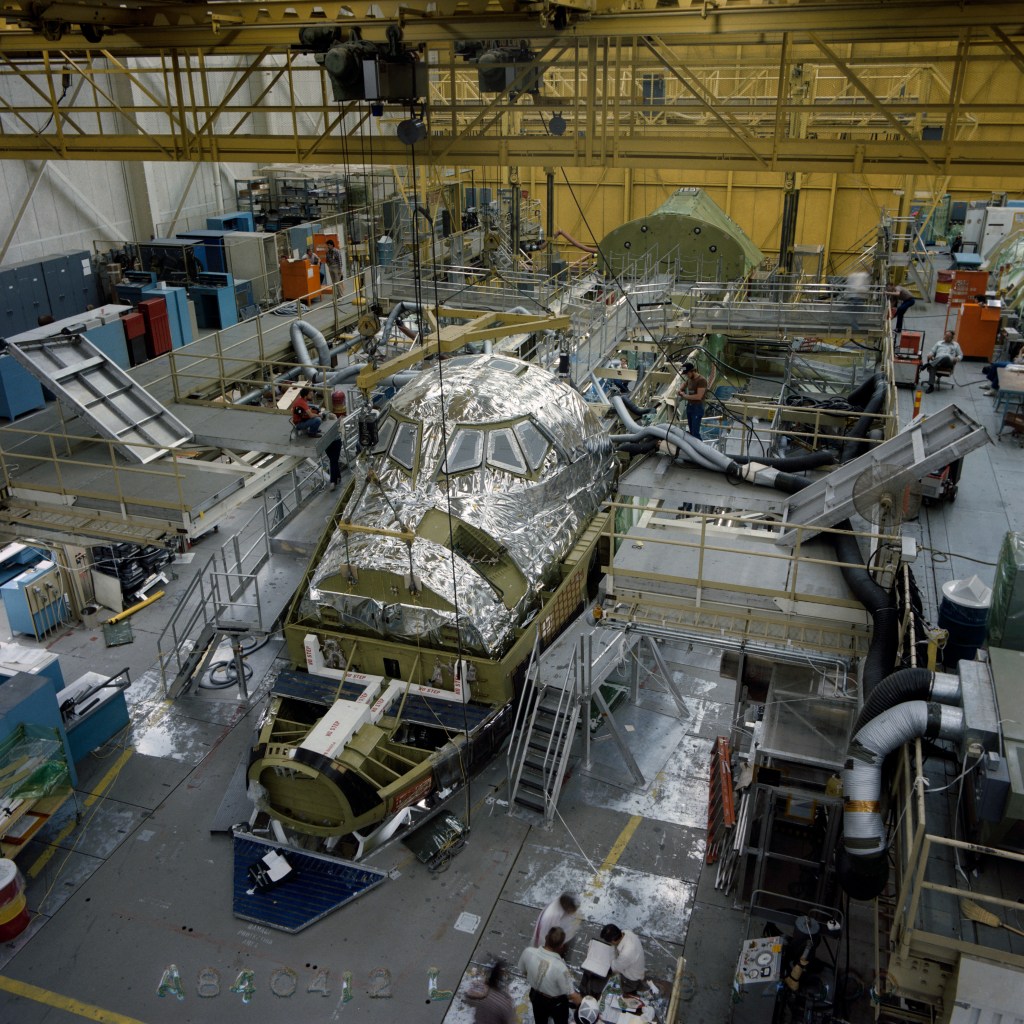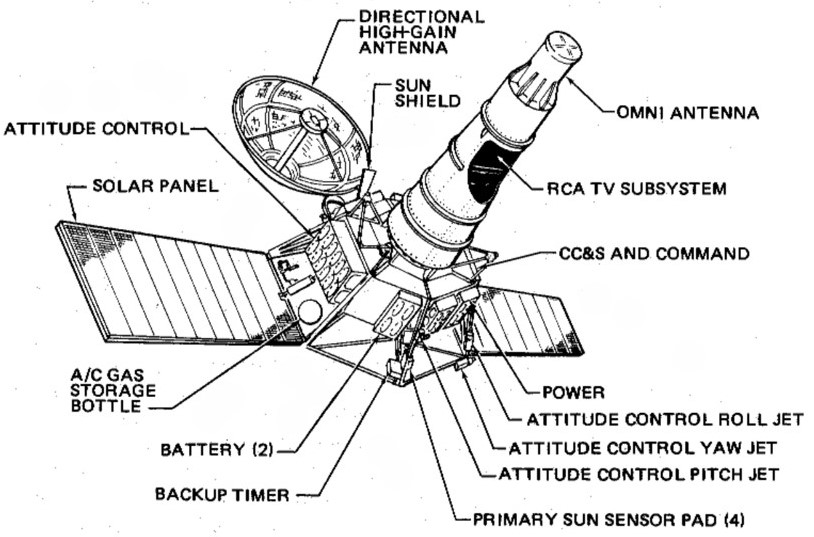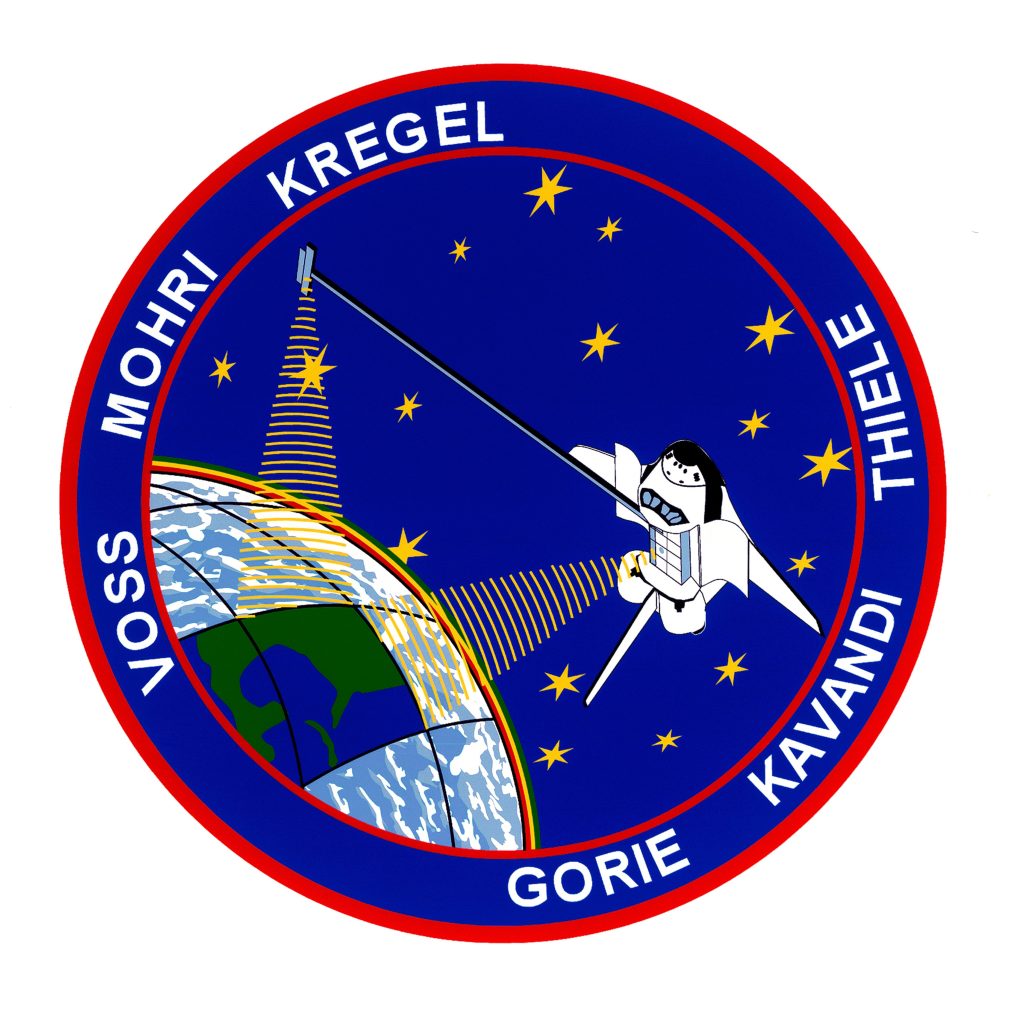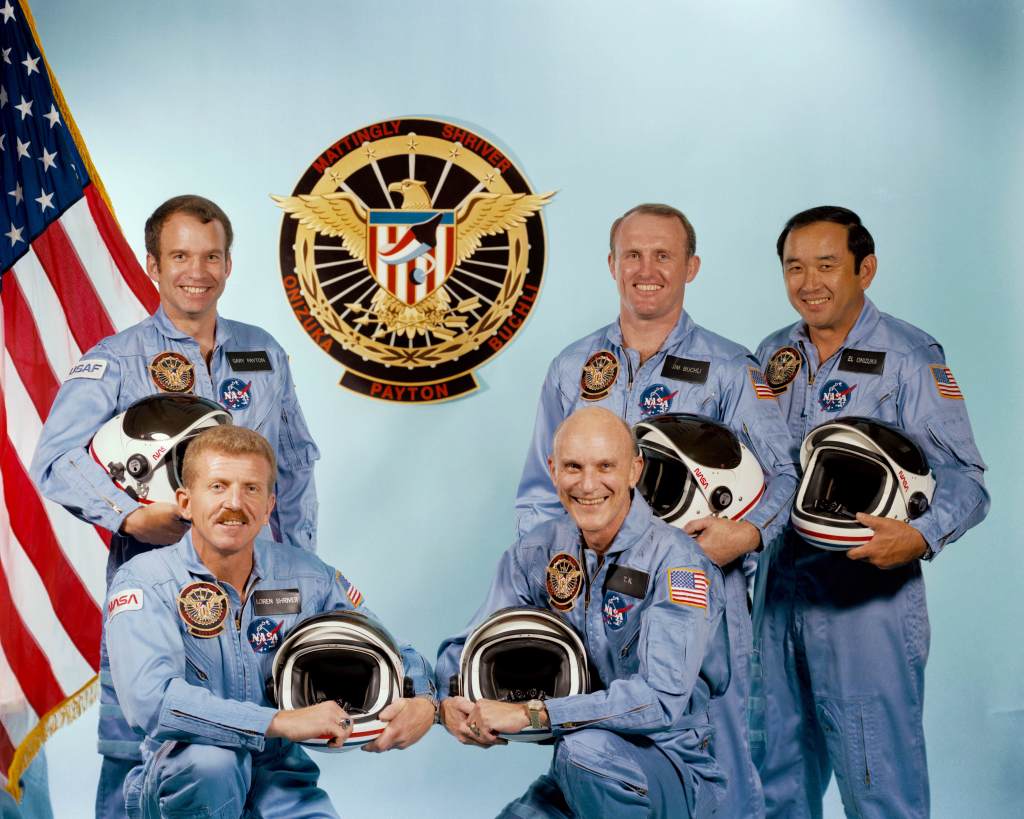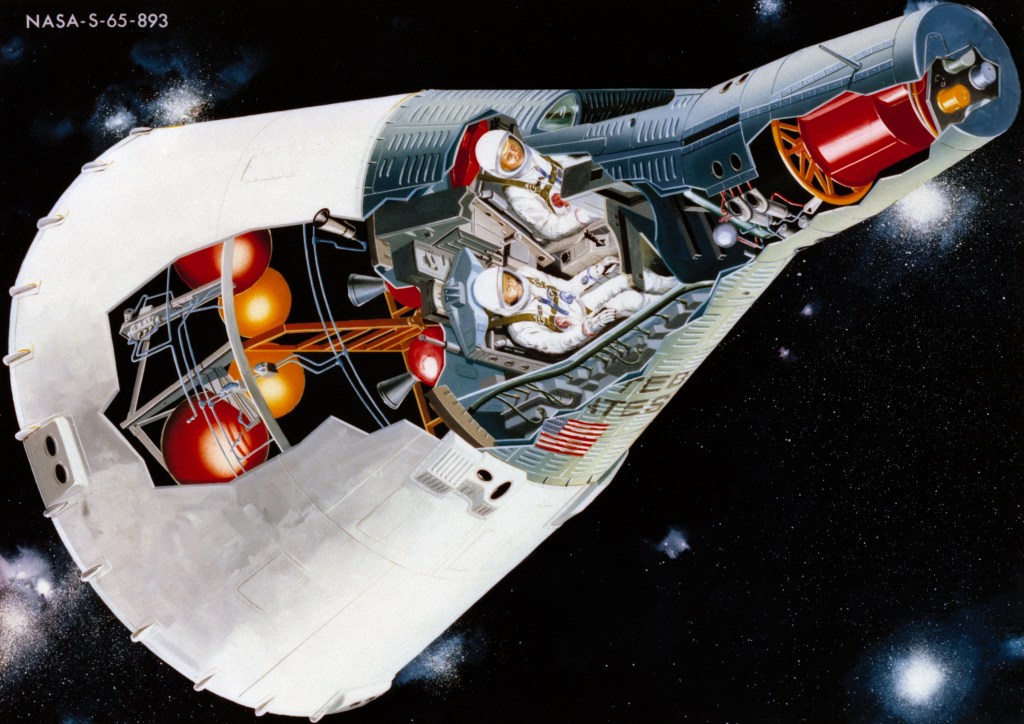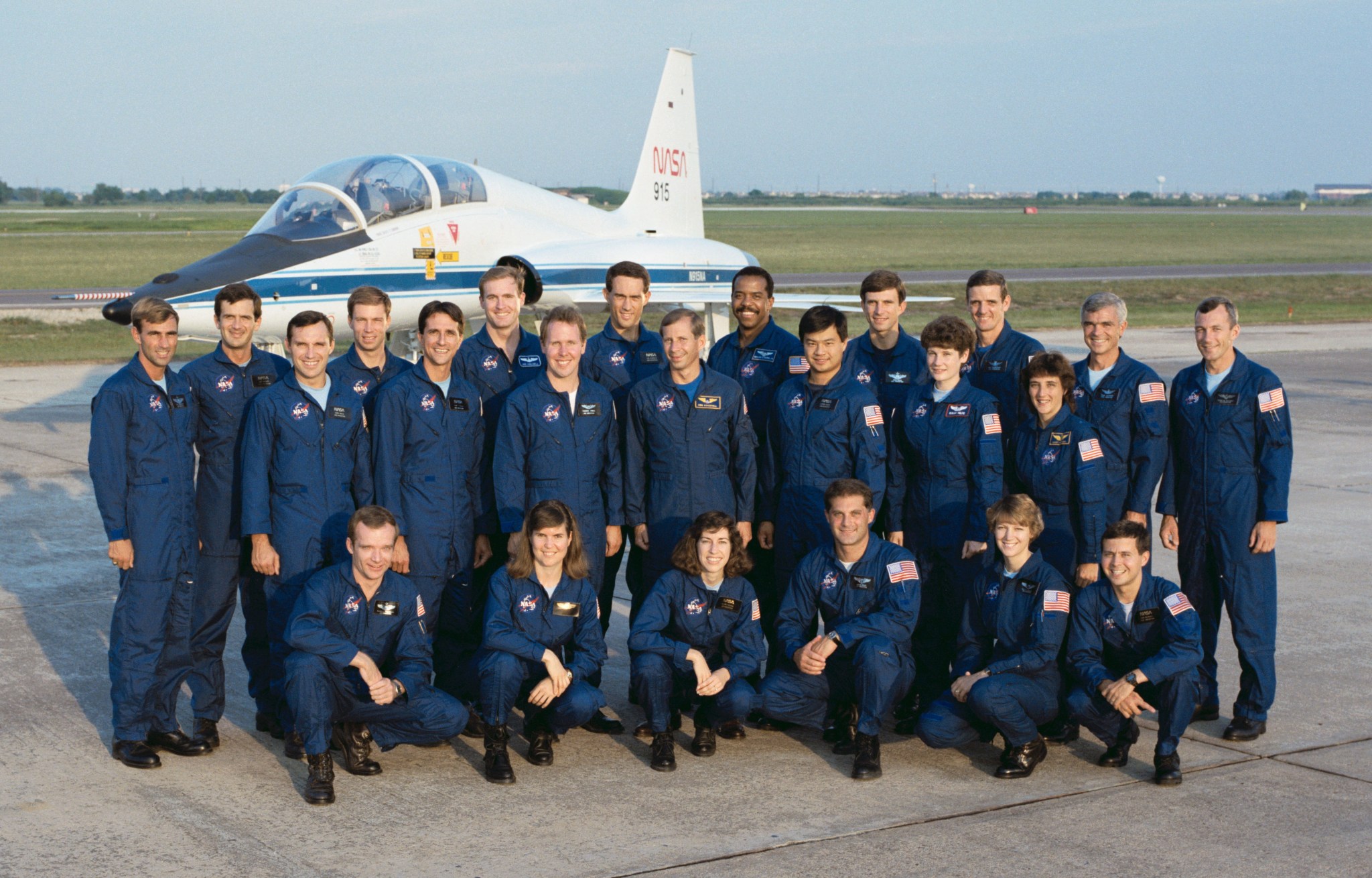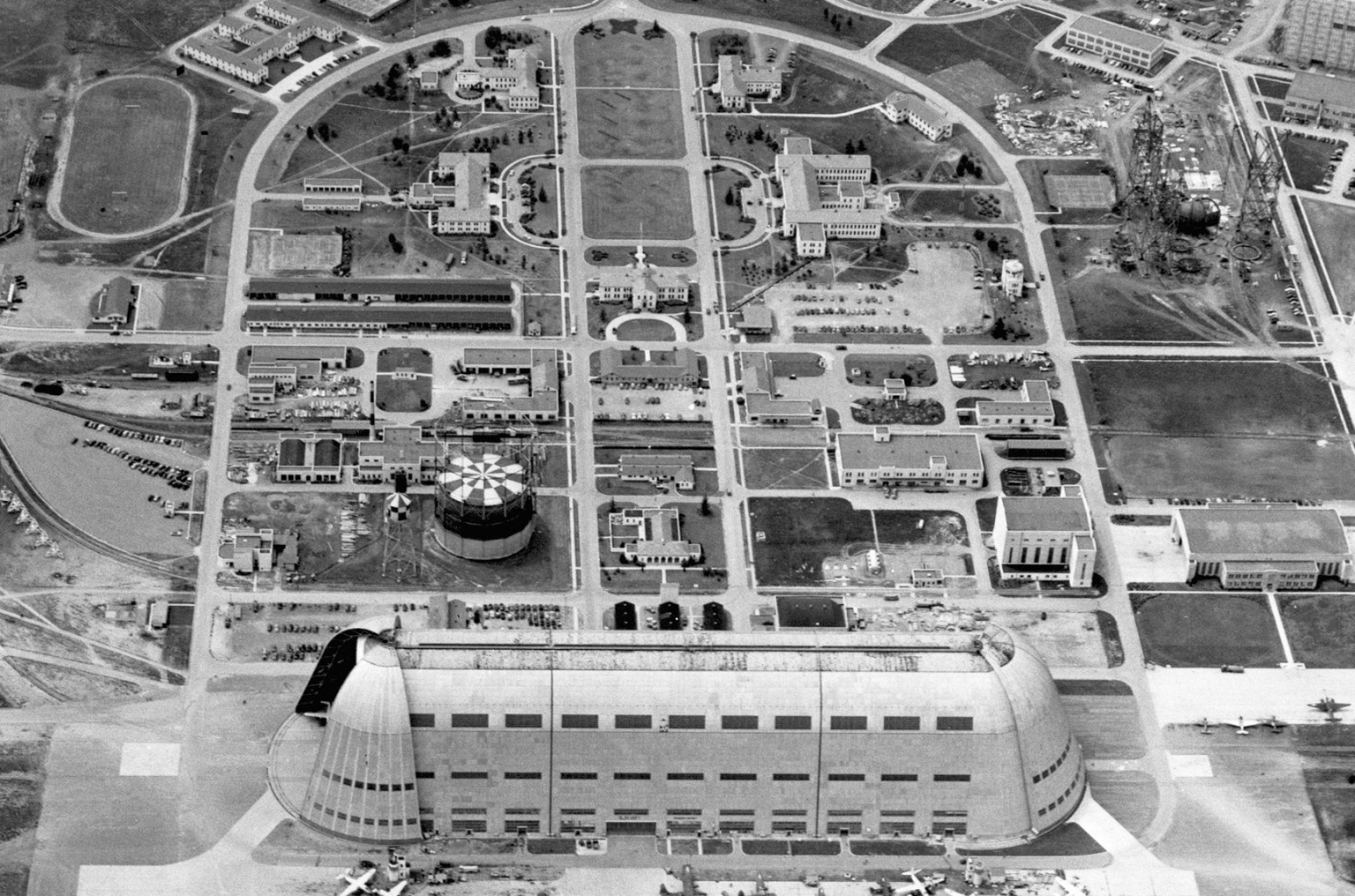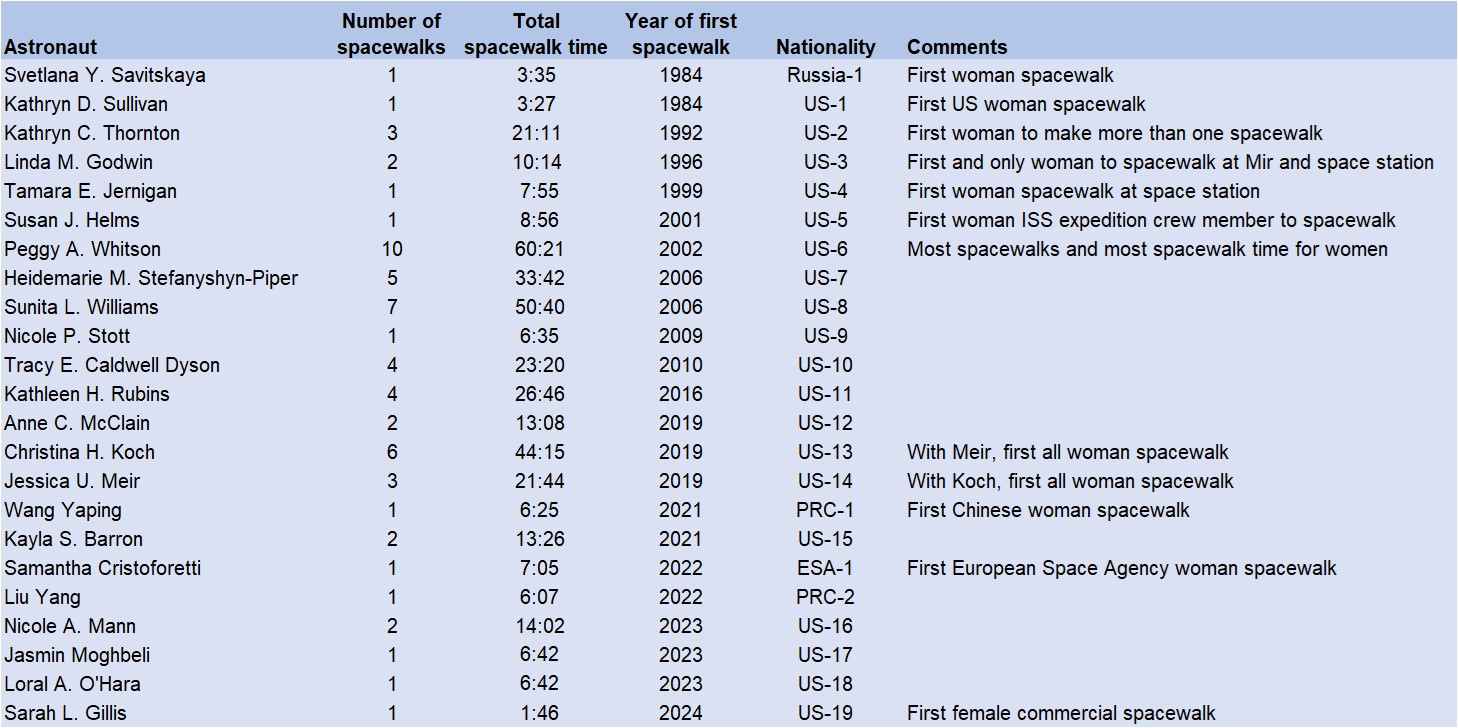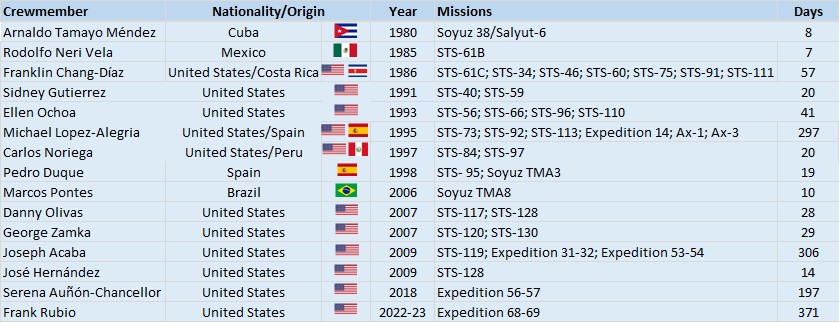On March 23, 1965, the United States launched the Gemini III spacecraft with astronauts Virgil “Gus” Grissom and John Young aboard, America’s first two-person spaceflight. Grissom earned the honor as the first person to enter space twice and Young as the first member of the second group of astronauts to fly in space. During their three-orbit flight they carried out the first orbital maneuvers of a crewed spacecraft, a critical step toward demonstrating rendezvous and docking. Grissom and Young brought Gemini 3 to a safe splashdown in the Atlantic Ocean.…
Read MoreTag: NASA History
40 Years Ago: Space Shuttle Atlantis Makes its Public Debut
On March 6, 1985, NASA’s newest space shuttle, Atlantis, made its public debut during a rollout ceremony at the Rockwell International manufacturing plant in Palmdale, California. Under construction for three years, Atlantis joined NASA’s other three space-worthy orbiters, Columbia, Challenger, and Discovery, and atmospheric test vehicle Enterprise. Officials from NASA, Rockwell, and other organizations attended the rollout ceremony. By the time NASA retired Atlantis in 2011, it had flown 33 missions in a career spanning 26 years and flying many types of missions envisioned for the space shuttle. The Visitor…
Read More60 Years Ago: Ranger 8 Moon Photos Aid in Apollo Site Selection
Before Apollo astronauts set foot upon the Moon, much remained unknown about the lunar surface. While most scientists believed the Moon had a solid surface that would support astronauts and their landing craft, a few believed a deep layer of dust covered it that would swallow any visitors. Until 1964, no closeup photographs of the lunar surface existed, only those obtained by Earth-based telescopes. NASA’s Jet Propulsion Laboratory in Pasadena, California, managed the Ranger program, a series of spacecraft designed to return closeup images before impacting on the Moon’s surface.…
Read More25 Years Ago: STS-99, the Shuttle Radar Topography Mission
On Feb. 11, 2000, space shuttle Endeavour took to the skies on its 14th trip into space on the Shuttle Radar Topography Mission (SRTM). The international STS-99 crew included Commander Kevin Kregel, Pilot Dominic Gorie, and Mission Specialists Gerhard Thiele of Germany representing the European Space Agency, Janet Kavandi, Janice Voss, who served as payload commander on the mission, and Mamoru Mohri of the National Space Development Agency (NASDA) of Japan, now the Japan Aerospace Exploration Agency. During their 11-day mission, the astronauts used the radar instruments in Endeavour’s payload…
Read More40 Years Ago: STS-51C, the First Dedicated Department of Defense Shuttle Mission
On Jan. 24, 1985, space shuttle Discovery took off from NASA’s Kennedy Space Center (KSC) in Florida on STS-51C, the first space shuttle mission entirely dedicated to the Department of Defense (DOD). As such, many of the details of the flight remain classified. Discovery’s crew of Commander Thomas “T.K.” Mattingly, Pilot Loren Shriver, Mission Specialists Ellison Onizuka and James Buchli, and Payload Specialist Gary Payton deployed a classified satellite that used an Inertial Upper Stage (IUS) to reach its final geostationary orbit. The three-day mission ended with a landing at…
Read More60 Years Ago: Uncrewed Gemini 2 Paves the Way for the First Crewed Mission
On Jan. 19, 1965, Gemini 2 successfully completed the second of two uncrewed test flights of the spacecraft and its Titan II booster, clearing the way for the first crewed mission. The 18-minute suborbital mission achieved the primary goals of flight qualifying the Gemini spacecraft, especially its heat shield during a stressful reentry. Recovery forces retrieved the capsule following its splashdown, allowing engineers to evaluate how its systems fared during the flight. The success of Gemini 2 enabled the first crewed mission to fly two months later, beginning a series…
Read More35 Years Ago: NASA Selects its 13th Group of Astronauts
On Jan. 17, 1990, NASA announced the selection of its 13th group of astronaut candidates. The diverse group comprised 23 candidates – seven pilots and 16 mission specialists. The group included one African American, one Asian American, and five women including the first female pilot and the first Hispanic woman. Following one year of astronaut candidate training, all 23 became eligible for technical assignments within the astronaut office and for assignment to space shuttle crews. All members of the group completed at least one spaceflight, making significant contributions to the…
Read MoreNASA’s Ames Research Center Celebrates 85 Years of Innovation
5 Min Read NASA’s Ames Research Center Celebrates 85 Years of Innovation The NACA Ames laboratory in 1944 Credits: NASA Ames Research Center in California’s Silicon Valley pre-dates a lot of things. The center existed before NASA – the very space and aeronautics agency it’s a critical part of today. And of all the marvelous advancements in science and technology that have fundamentally changed our lives over the last 85 years since its founding, one aspect has remained steadfast; an enduring commitment to what’s known by some on-center simply as, “an…
Read MoreFive Years Ago: First All Woman Spacewalk
The fifth anniversary of the first all-female spacewalk by NASA astronauts Christina H. Koch and Jessica U. Meir seems like a good time to tell the story of women spacewalkers. Since the first woman stepped outside a spacecraft in 1984, 23 women from four nationalities have participated in 61 spacewalks. These women made significant contributions to their national and international programs, conducting pioneering work during their spacewalks. Their accomplishments include servicing of satellites, assembly and maintenance of space stations, conducting research, and testing new spacesuits. Since the first spacewalk performed…
Read MoreNASA Celebrates Hispanic Heritage Month 2024
In honor of Hispanic Heritage Month, we recognize Hispanic astronauts who have flown in space. The table below lists these individuals of various nationalities who have made significant contributions to their space programs. The first Hispanic astronauts completed short flights to a Soviet space station and aboard the space shuttle. In the past 23 years, many more have completed flights to the International Space Station and contributed to its assembly, operations, and research activities. Table of Hispanic astronauts who have flown in space. Arnaldo Tamayo Méndez of Cuba holds…
Read More